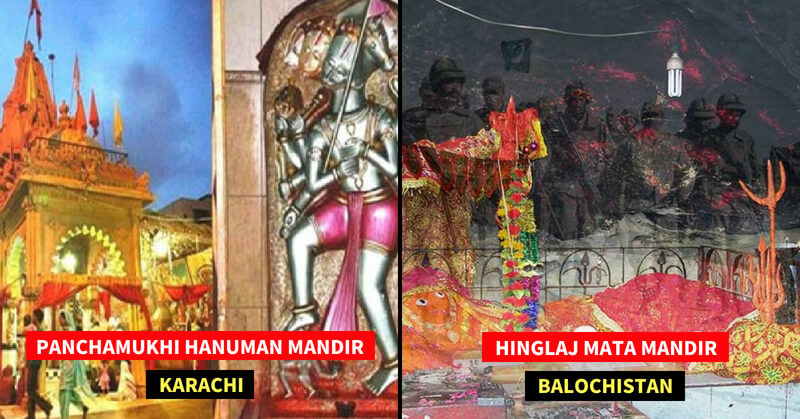Indians faced several atrocities under Mughals as well as Britishers’ rule. Both of them ”ruthlessly exploited” India. It is a well-known fact that Mughals destroyed thousands of temples during their rule in India.
Pakistan which was created during the partition of India in 1947 as an independent home for Indian Muslims has several Hindu temples. After partition, hundreds of temples were destroyed in Pakistan. Some Hindu temples were converted into mosques, hotels or libraries. However, the country is still home to several Hindu deities.
Yes. It’s difficult to believe but still true that the Muslim nation which was once part of India, Pakistan too has some Hindu temples.
Today, Muslims constitute 14% of India’s population, while in Pakistan, Hindus constitute just 2%.
However, the country still houses several Hindu temples. Not only Hindus but even Muslims and Sikhs pay homage to them.
Here are the most popular Hindu temples in Pakistan that still exists.
1. Hinglaj Mata Mandir, Balochistan
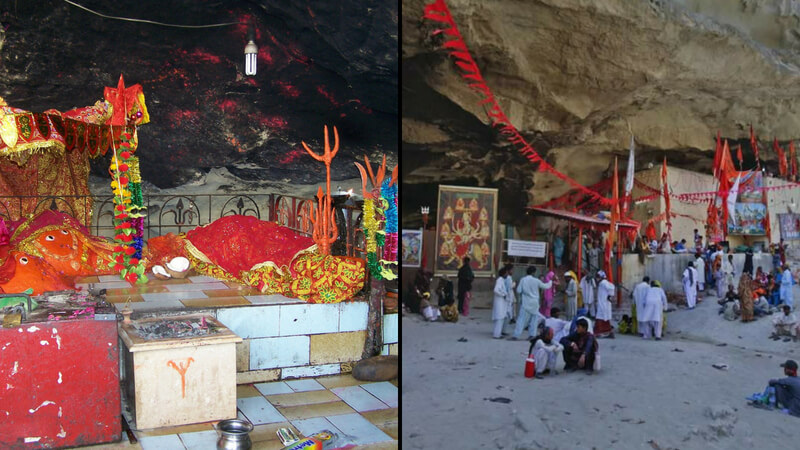
Situated on the Hingol River in Balochistan, the cave temple is also known as the Nani Mandir, Hinglaj Devi, and Hingula Devi. It is one of the Shakti Peeths of Goddess Sati where Mata Sati’s head fall on to the ground.
The place is visited by a large number of travelers from Pakistan and around the world. Hindus call this temple a ‘Shakti Peeth’ or ‘Devi Mandir’, whereas Muslims call it ‘Nani’ or ‘Bibi Nani’ ka Mandir. A four-day pilgrimage is organized to the Hinglaj Mandir every year in the month of April.
2. Katasraj Temple, Punjab Province, Pakistan
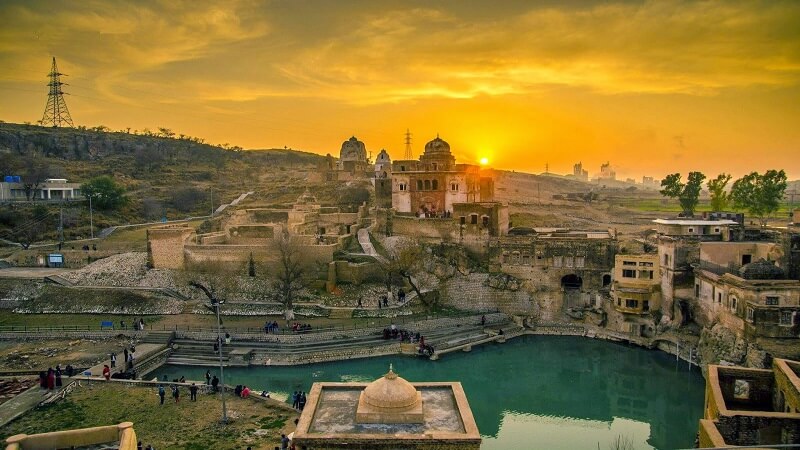
Located in the district of Chakwal, Punjab, the Katasraj Temple is dedicated to Lord Shiva. Though the temple is in a devastated state today, the pond is highly revered. It is believed that bathing in the pond, especially on some special occasions, washes away all the sins of a person.
3. Panchmukhi Hanuman Mandir, Karachi
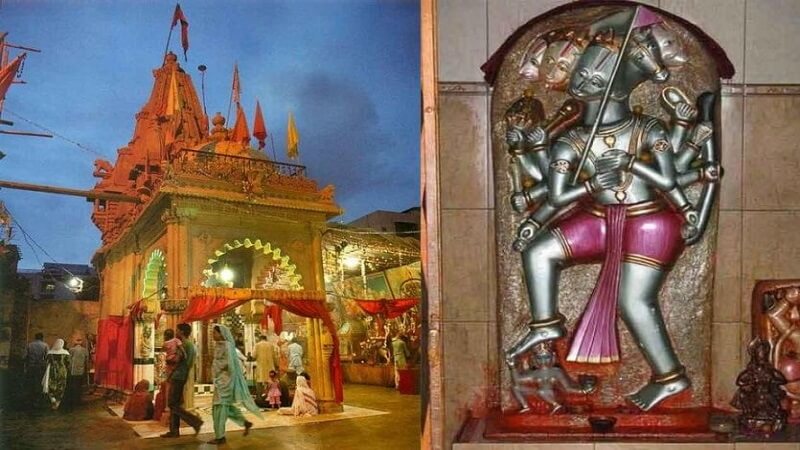
Located at the Soldiers Bazaar of Karachi, Panchmukhi Hanuman Mandir is a 1500-year-old temple of Lord Hanuman. It is different from the majority of temples as it houses a non-manmade idol of Hanuman. Yes, it’s naturally formed and the statue represents all the five form of deity. People of all caste, creed, and religion visit the temple and pilgrims believe that their wishes would be fulfilled. This was the only temple. which survived the mass destruction of temples in the area.
4. Jagannath Mandir, Punjab Province, Pakistan
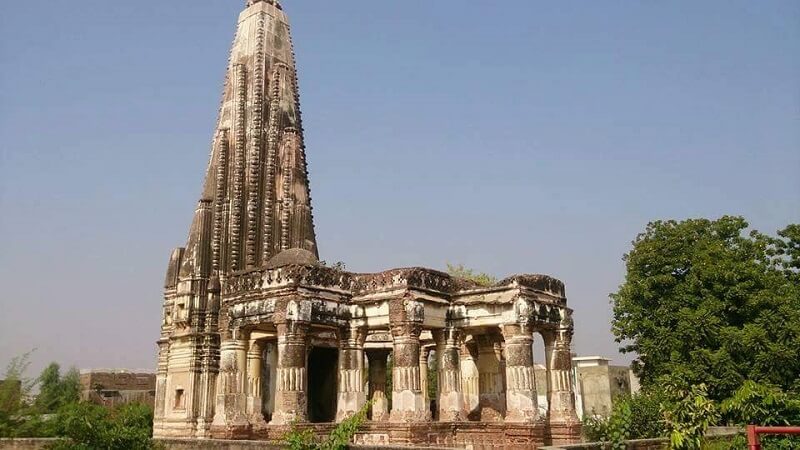
Jagannath Mandir situated in Paris Road area of Sialkot was built in early 2007 with the grant of 2,00,000 rupees by the Government. The Jagannath Temple is dedicated to the God Jagannath.
5. Shri Varun Dev Mandir, Manora Island, Karachi
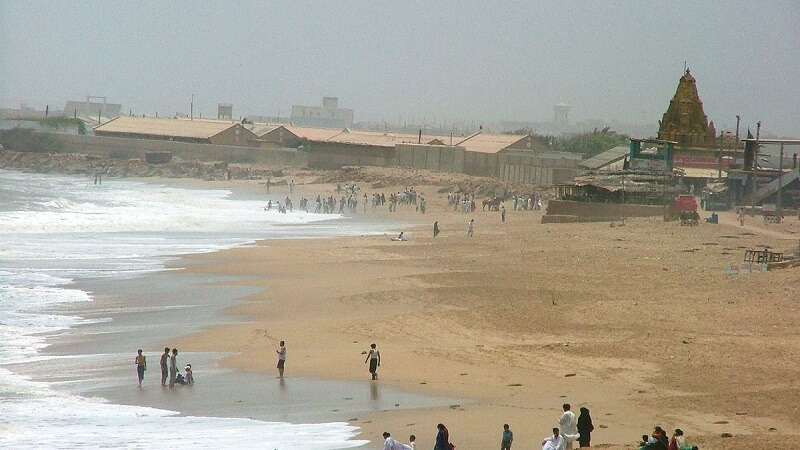
Shri Varun Dev Mandir which is more than 160 years old is dedicated to Varun, the God of the Oceans. The temple is not in good condition and not used for worship now but you can visit it for its fine architecture and beautiful Craftsmanship.
6. Kalka Devi Cave, Arore, Sindh
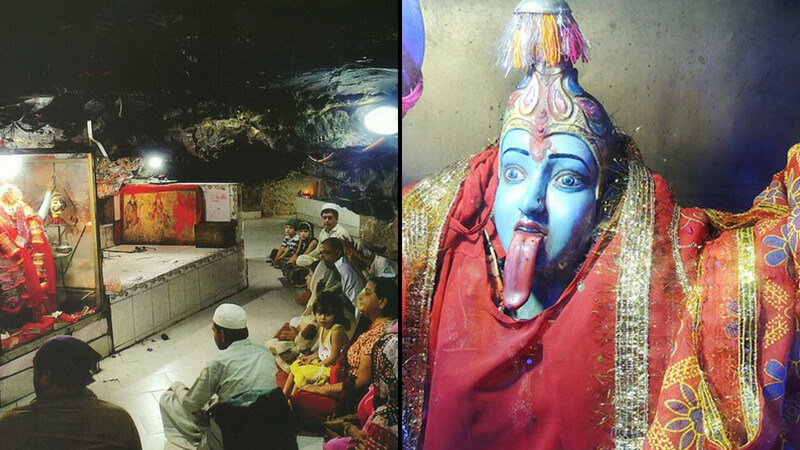
People of different caste, creed and religion visit this temple. A large number of people visit the temple on the first Monday of every month. And there is an annual festival in September.
7. Gor Khattree and Gorakhnath Temple, Peshawar, Khyber Pakhtunkhwa
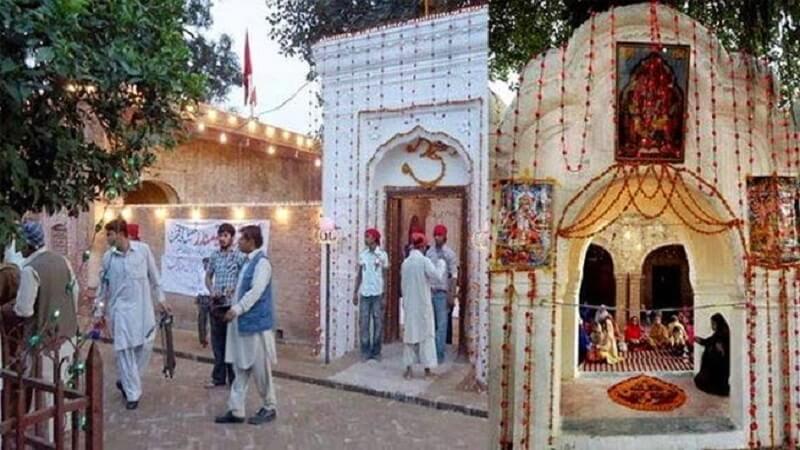
The Gorakhnath Temple was mentioned in Baburnama, the memoir of Mughal Emperor Babur is now called Kushal Bagh. On every Tuesday a large number of devotees come here, sings bhajans and recites verses from Hindu holy books.
8. Naval Mandir, Ranchore Lines, Karachi
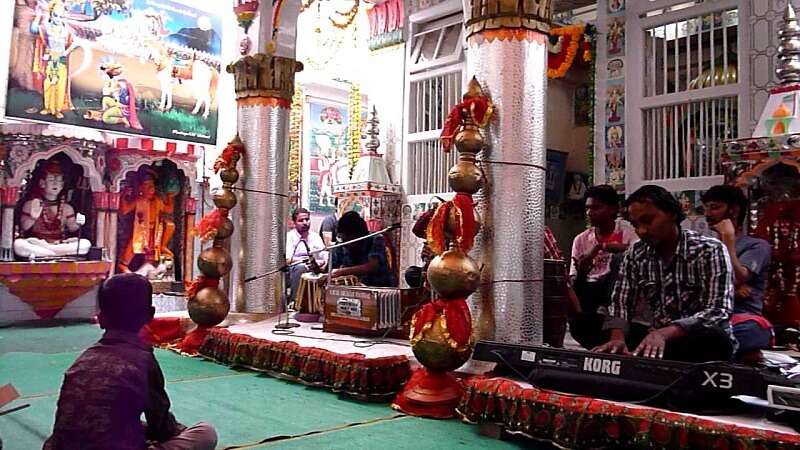
Naval Mandir which is one of the most revered temples in Karachi is also a refuge of homeless. The temple has the statues of Hanuman, Santoshi Mata, Shiva, Kali, Guru Nanak, Ganesha, Vishnu, and Rama. During the festivals of Holi and Diwali, the temple looks more spectacular.
There are still many temples in Pakistan but they are not in good condition.


